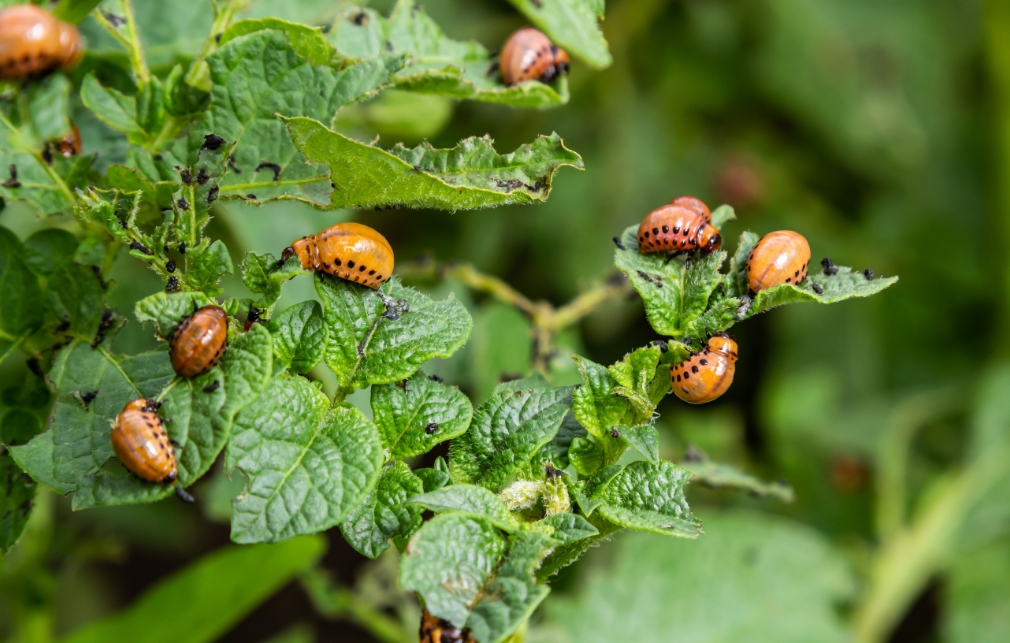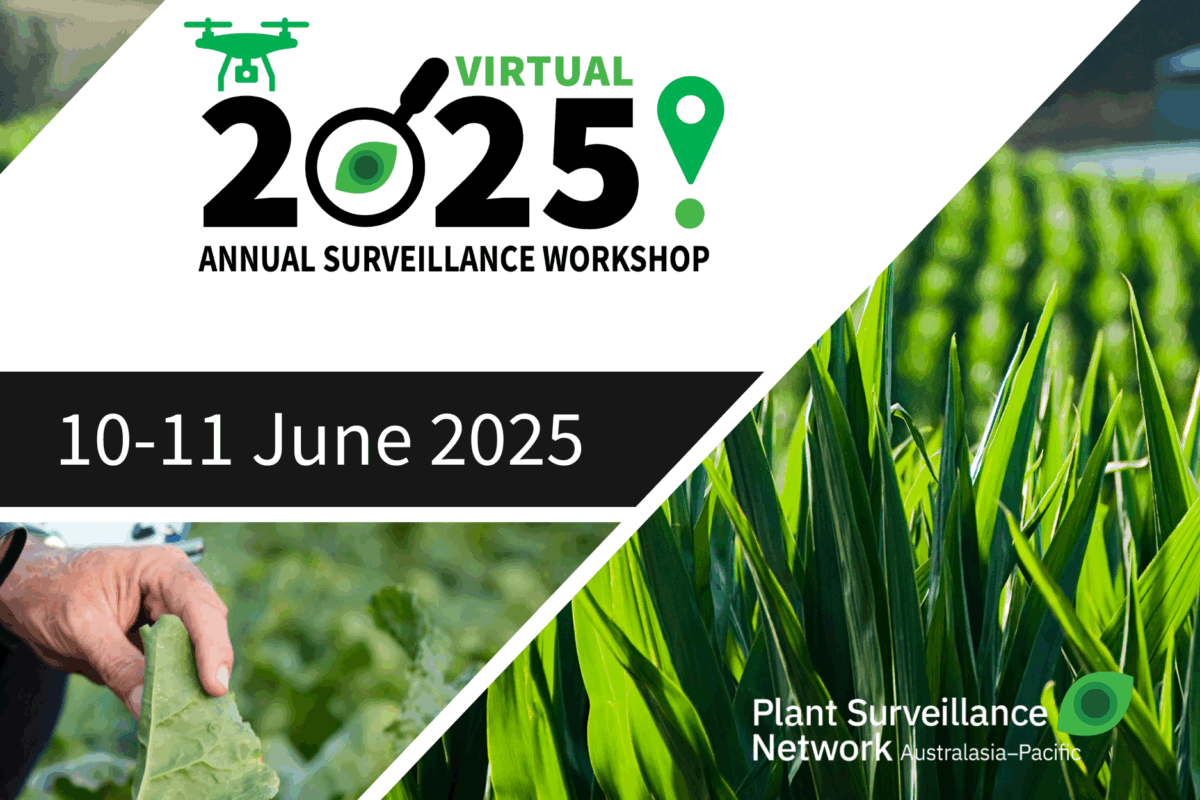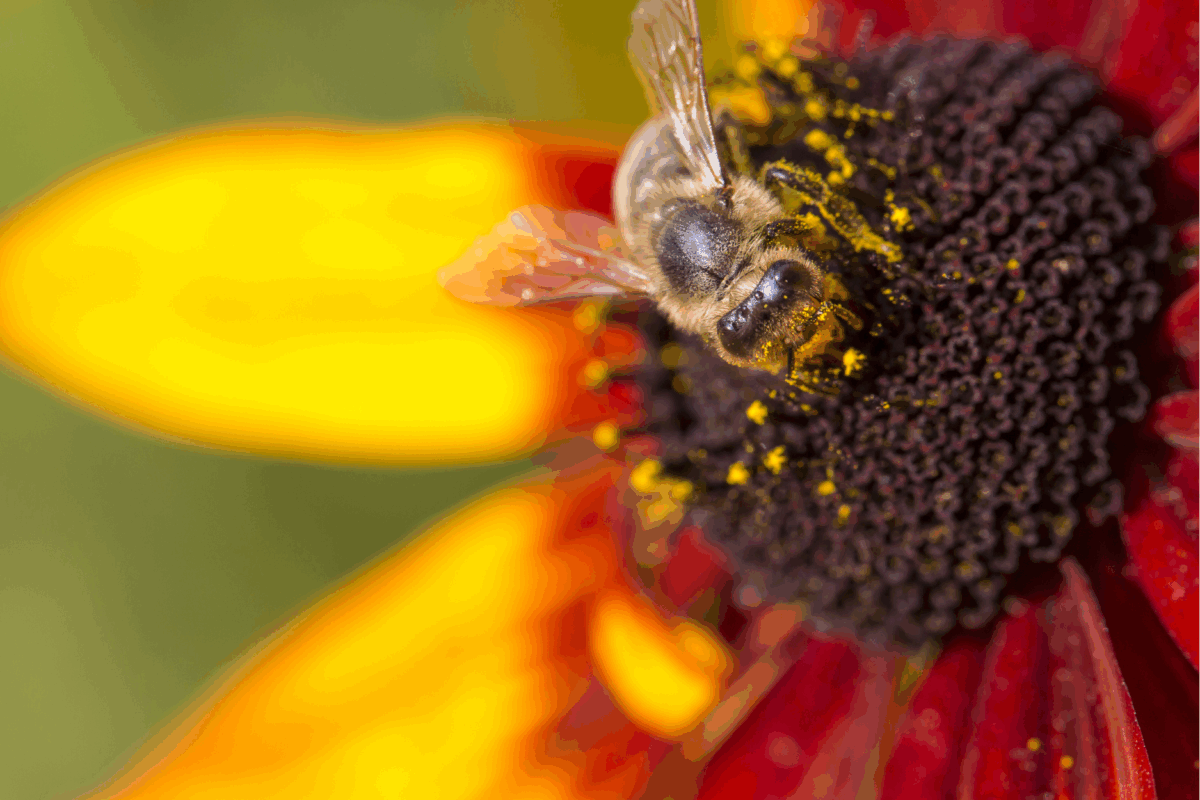Establishing risk-based surveillance for exotic forest pests

Identifying potentially high-risk sites for entry and establishment of exotic forest pests is underway through a pilot national forest pest surveillance program.
Forest Biosecurity Coordinator, Paco Tovar, says that there are pilot projects running in NSW, Victoria and Queensland.
“These projects will allow us to quantify the level of effort and resources needed to detect incursions of exotic forest pests before they become established.
There are 20 exotic forest pests deemed to be of high risk to Australian forests, with 15 likely to cause significant damage if introduced. (See the Plantation forestry page in the Industry section of the PHA website.)
“Early detection of exotic forest pests is crucial for eradication efforts to be successful and cost efficient,” explains Paco.
“Another project is analysing the high-risk pathways where exotic pests are most likely to enter Australia to allow us to target our surveillance efforts to those points of entry.”
A summary of the latest progress report for the Establishing a National Forest Pest Surveillance Program is available. This project is implementing the core recommendations of the National Forest Biosecurity Surveillance Strategy.





